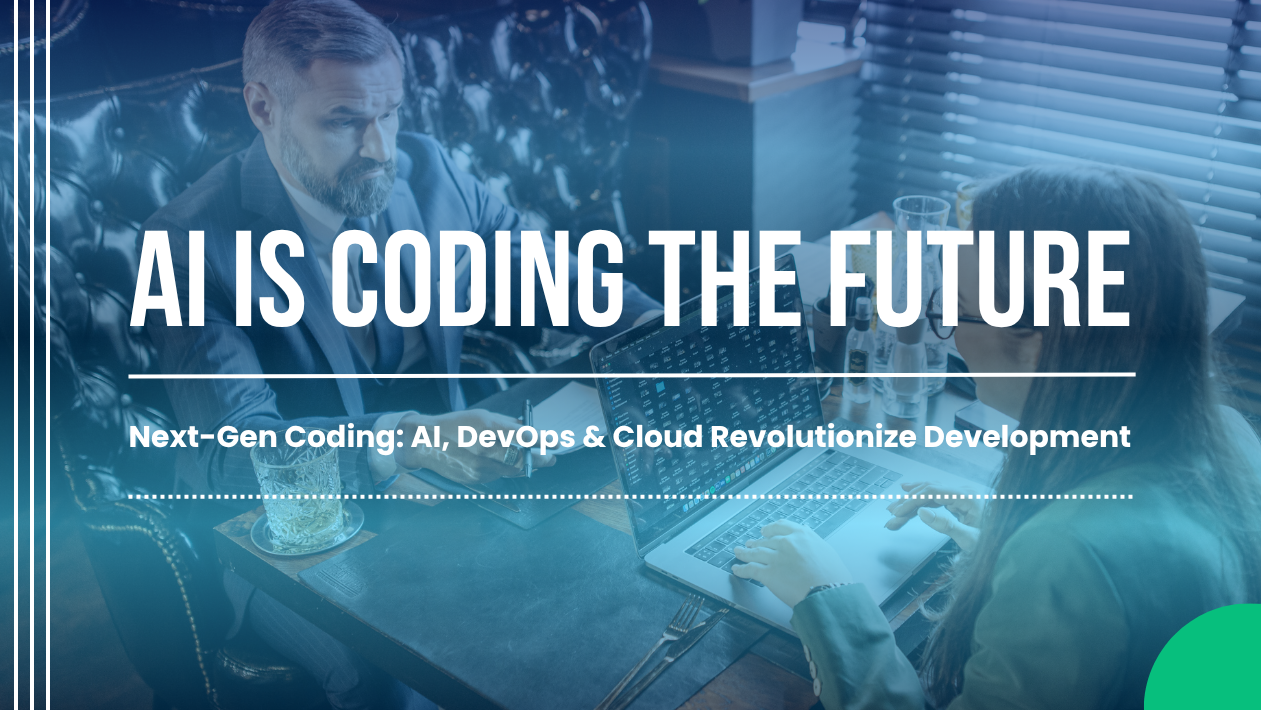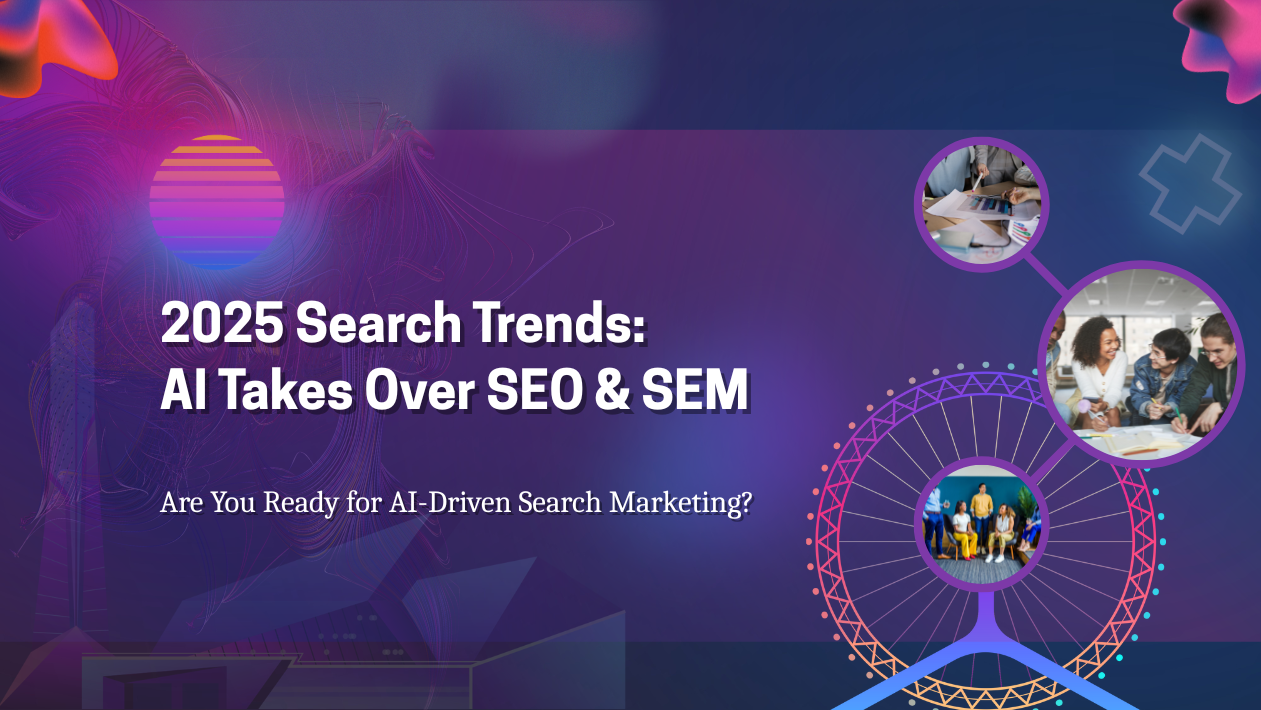In 2025, IT infrastructure has become the strategic backbone of every digital enterprise. As organizations scale rapidly and embrace distributed workforces, the demand for resilient, intelligent, and scalable infrastructure is reaching new heights. Trends like hybrid cloud, edge computing, and AI-driven automation (AIOps) are reshaping the way businesses design, deploy, and manage their digital ecosystems.
Edge Computing Gains Enterprise Traction
Edge computing is no longer limited to IoT experiments. Enterprises across industries—retail, healthcare, manufacturing, and logistics—are now deploying edge nodes to reduce latency, enable real-time processing, and reduce cloud dependence.
With 5G networks now widely deployed, edge infrastructure is being used for smart factories, remote diagnostics, and autonomous vehicle management, moving critical workloads closer to users and devices.
Hybrid and Multi-Cloud Architectures Dominate
Organizations are moving beyond single-cloud models. In 2025, over 85% of enterprises operate on hybrid and multi-cloud infrastructures, combining on-premise data centers, public cloud platforms (AWS, Azure, Google Cloud), and private cloud environments for greater flexibility and compliance.
This shift supports workload optimization, cost control, and data sovereignty, especially for businesses operating across geographies.
AI Ops Drives Automation and Resilience
AI-powered infrastructure monitoring tools are now central to enterprise IT. With platforms like Dynatrace, Datadog, and ServiceNow AI Ops, companies are using machine learning to detect anomalies, predict outages, and automate incident response—reducing downtime and manual intervention.
This is crucial in environments with thousands of endpoints and microservices running simultaneously.
Zero Trust and Cyber Resilience Are Top Priorities
In a time of rising cyber threats, businesses are reinforcing their IT infrastructure with Zero Trust security models, identity access controls, and network segmentation. Real-time threat detection and automated response systems are integrated into infrastructure layers.
Backup and disaster recovery strategies now include immutable storage, ransomware-proof backups, and multi-region failovers to ensure continuous uptime.
Sustainable Infrastructure Gains Momentum
Green IT is more than a buzzword in 2025. Enterprises are adopting energy-efficient hardware, carbon-aware cloud strategies, and renewable-powered data centers. Vendors are competing on sustainability scores, and infrastructure leaders are expected to report ESG compliance in quarterly disclosures.
Looking Forward: Infrastructure as Code and Autonomous IT
The future of IT infrastructure is increasingly code-driven and autonomous. With Infrastructure as Code (IaC) tools like Terraform, Pulumi, and Ansible, companies are deploying repeatable, secure, and scalable infrastructure with minimal manual effort.
The goal? Infrastructure that builds itself, heals itself, and scales automatically in response to business needs.





